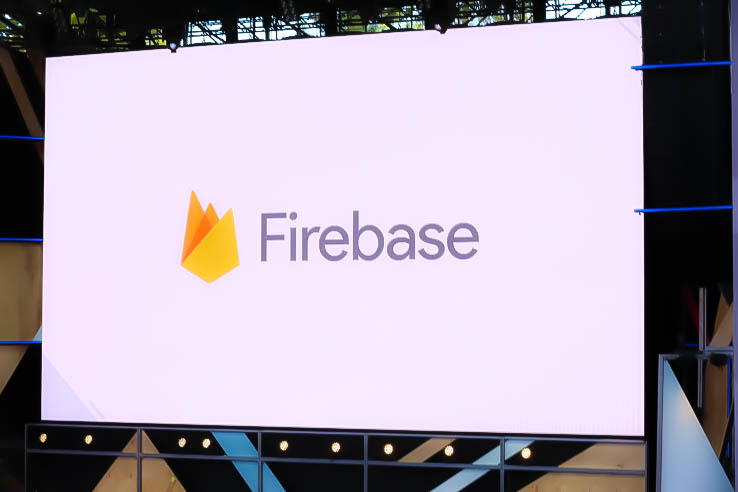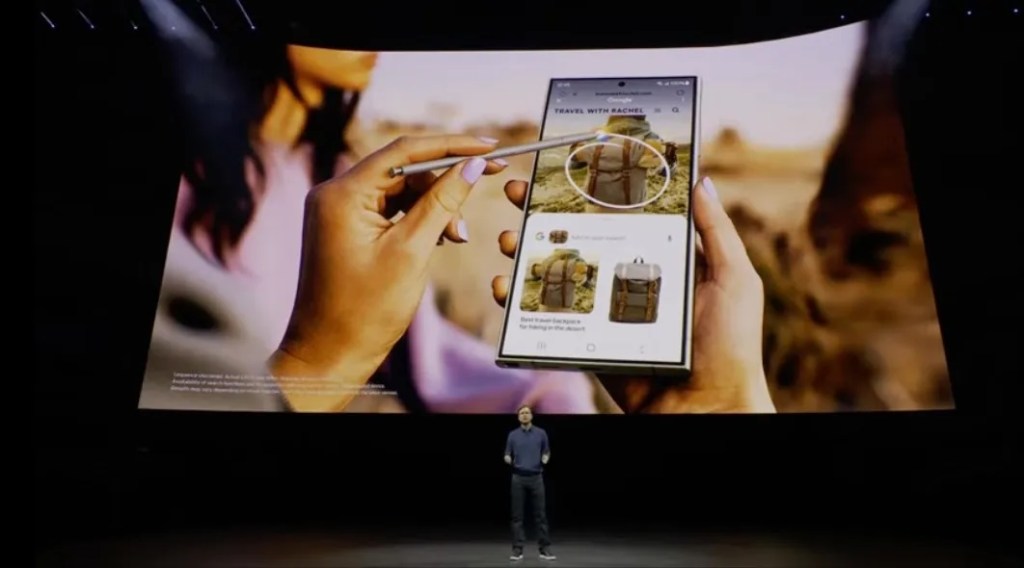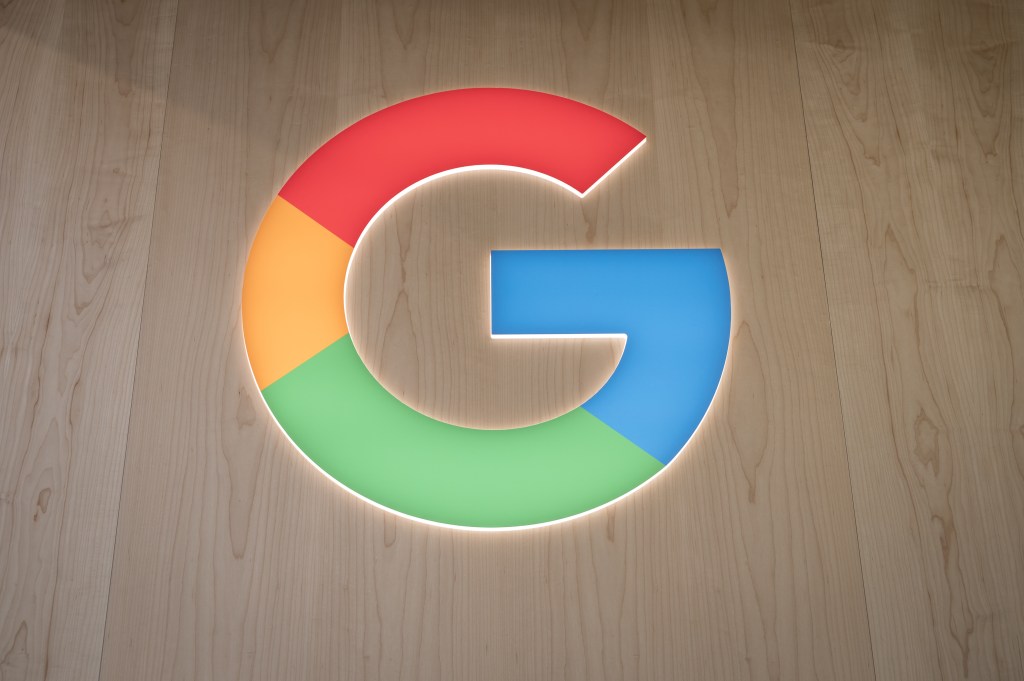In retrospect, the rise of software as a service (SaaS) is obvious. But for years, the idea that software would not only be hosted by providers instead of purchased by customers, and rented, instead of owned outright, was far from anyone’s mind.
SaaS has cemented its place in the epicenter of startup and Big Tech life, but it’s already being disrupted by the usage-based pricing movement. More startups are offering their services via a developer hook or API, and charging for customer usage over, say, a set number of seats for a predetermined period of time.
Not everyone is sold on the on-demand move, but the competition for the software business model of the future underscores the point that tech models never rule the roost forever. So, what’s the next thesis that we will look back on? It may be more complicated than “a crypto strategy,” but we have thoughts on what will become the de facto startup model and strategy.
To explore the concept, Natasha Mascarenhas, Alex Wilhelm and Anna Heim took the time to write up their expectations for 2022’s startup theses. Naturally, our notes cover a bit more than just business models, but as the beating heart of every startup is its model, the money element comes into play in all of our perspectives.
Alex: 2022 is when open source will become the de facto startup model
I’ve spoken with lots of founders over the years, and while I do have a more business focus than an early-stage bent, I do get to chat with founders building the early blocks of their businesses on a regular basis.
What hit me this year, especially toward the latter half, was just how frequently I ran into bright folks building businesses that had an open source component.
We all know that open source isn’t new as a business concept. Red Hat was founded in the tech equivalent of the neolithic era and has done well throughout its life. But startups building companies atop open source code are taking up a greater portion of their industry than before, and I think I know why. Or at least I have a hunch.
It’s about control, basically.
Software was once something that you bought. Actually, if you go back far enough, you can find examples of early PC manufacturers offering full software suites with their hardware, but that model died off as the world realized that open platforms were the way forward. From there, software bumbled along as a thing that consumers and corporations could buy.
“Buy” is the key word here. Folks bought closed source code from companies, and then ran it on their own systems, either personal or mainframe. Then, the cloud came along, and hosted software took off. Here again, however, the code was still largely closed source. You didn’t get a copy of Slack’s code per se, but you could rent access to its service for your team.
As software transformed from a series of discrete sales to a stream of recurring payments, SaaS took off, and investors cheered it on. This brings us almost to the modern moment, but not quite. On-demand pricing began to supplant SaaS as the de facto sales model of the software world — as Anna notes below — with Twilio as its champion, just as Salesforce was once for the SaaS market.
It’s easy to see why developers and companies like on-demand pricing. It translates some control back to their side of the house. Hosted software (SaaS) is nice, but it’s a bit stodgy in that you often buy it in blocks and have to beg for updates or tweaks. On-demand allows for not only more responsive pricing (cost), it also lets more power rest in the hands of software engineers through both faster update cycles to code and the fact that customers have their own developer teams to handle the product.
Enter open source software startups. These companies often have an OSS project that anyone can access and contribute to. And then they layer paid services on top. Say, hosting, or support, or a mix of both. Or something else altogether. What matters is that more and more end-user and end-customer control has been leaking into the software market over the past few decades, and I expect that to not only continue, but accelerate thanks to OSS code and startups.
Sketching that out more clearly, moving from software in a box to SaaS gave customers power to more quickly swap providers and use more total software. Customers wound up with more agency, although not too much more. On-demand pricing moved some costs back to customers — you’ll need your own developers to hook into an API — but also, again, gave them more control.
OSS software with a commercial entity attached — the startup — is the clear next step for the trend. Customers can now directly contribute and shape the underlying tech while allowing the startup to handle some of the icky bits and much of the coding heavy lifting.
It’s no surprise that we’ve seen more and more startups barking up this particular tree. I think the model is going from a growing subset to a majority next year as developers drive more purchasing decisions. Who doesn’t want to buy code that they can inspect themselves?
[Update: Since I wrote this, Airbyte raised at a $1.5 billion valuation, despite having what Forbes reports as less than $1 million in ARR. So far, feeling good.]
Natasha: Hybridize. Everything.
I clearly jinxed this in 2021, but I’ll stand by my on-going wish: More startups need to acquire or partner with non-obvious startups. I want to see edtech flirt with health tech, climate tech hang out with fintech and crypto convince SaaS founders to finally make room on their calendar (even sans a recurring revenue stream). I’ll explain why: The last moonshot of your company shouldn’t have been that you chose to start it; it should be a surprising choice.
The startup market is maturing, and what used to be a win is now non-negotiable. Consumers, therefore, have a higher bar than ever when it comes to software services, DTC products, social media companies and the digital world. While companies are racing to fill these demands, acquisitions have become pretty dang predictable. Spotify is going to acquire more podcast startups, instant grocery startups will buy other instant grocery startups and edtech platforms will buy subject-specific content in the form of well-liked companies.
But remember when Oracle almost bought TikTok?
That extremely strange M&A process aside, I would love to be surprised by a riskier type of ambition. I’ve loved seeing Twitter’s hunger for a Slack competitor, and Nike’s current infatuation with NFT collectibles. Parthean, for example, is mixing personal finance support with education — a combination that feels both familiar but surprisingly underinvested in. These are early examples of companies unlearning preconceived definitions of their customers, and I think we’ll see far more of it in 2022.
Sure, founders should “build something people want,” but also build something people don’t even know they want yet. That twist is the biggest promise of tech: You can build a company before people realize they are okay to get into a car with a stranger on the way to the movies.
It’s easier said than done: Even when acquisitions make perfect synergistic sense, it is hard to pull off the integration of both technology and culture. But a clash on execution has the opportunity to be resolved, unlike a friction on mission. The latter is where startups will need to continue to stay disciplined, remaining focused even amid a cash-rich environment and not just spinning up lukewarm climate and web3 strategies because that’s what they think their cap table wants to hear.
The maturation of the startup market may have raised the bar, but it also means that a recalibration is almost guaranteed. The tourists, or simply the distracted, hungover locals, will be weeded out in 2022, so prepare accordingly.
Anna: A majority of SaaS companies will adopt usage-based pricing in 2022
Paying for what you use, rather than some inflexible recurring amount, sounds very obvious. So much so that I expect it to become mainstream in 2022 when it comes to software consumption. But to understand why, let’s go over why it isn’t the norm yet.
Going back in time, SaaS used to be almost synonymous with subscriptions; and these subscriptions were typically charged “per seat.” You were expected to pay for software depending on the number of users on your side, regardless of how much these users actually used that piece of software.
This seat-based approach has advantages, and not just for the seller: It is predictable for the buyer and for its financial planners. Usage-based pricing lacks that built-in consistency. But there are workarounds to make usage-based pricing less unpredictable. More generally, it has enough advantages to convince a growing number of companies to overlook its downsides.
According to a survey by OpenView Partners, 45% of the 600 companies surveyed have already adopted usage-based pricing, 11% are planning to test it in the next six to 12 months, and another 23% plan to do so from 2023. If the sample is representative, it’s easy to infer that a majority of SaaS companies will be using some variation of usage-based pricing next year. In other words, this model will have gone mainstream.
Let’s be fully transparent: The prediction that usage-based pricing is going mainstream actually comes from the report accompanying that survey. But it is one I feel quite confident to endorse.
Going one step further, I am also eager to see how the change in software selling will transform companies from the inside. If your income no longer comes from onboarding new paid customers, your product becomes much more important, as does customer service. This makes these companies different from their counterparts, and often to their advantage, as they tend to attract huge multiples, both in terms of venture capital and of public listings. Twilio is a prime example of this, and I am looking forward to tracking similar companies in 2022.































Comment